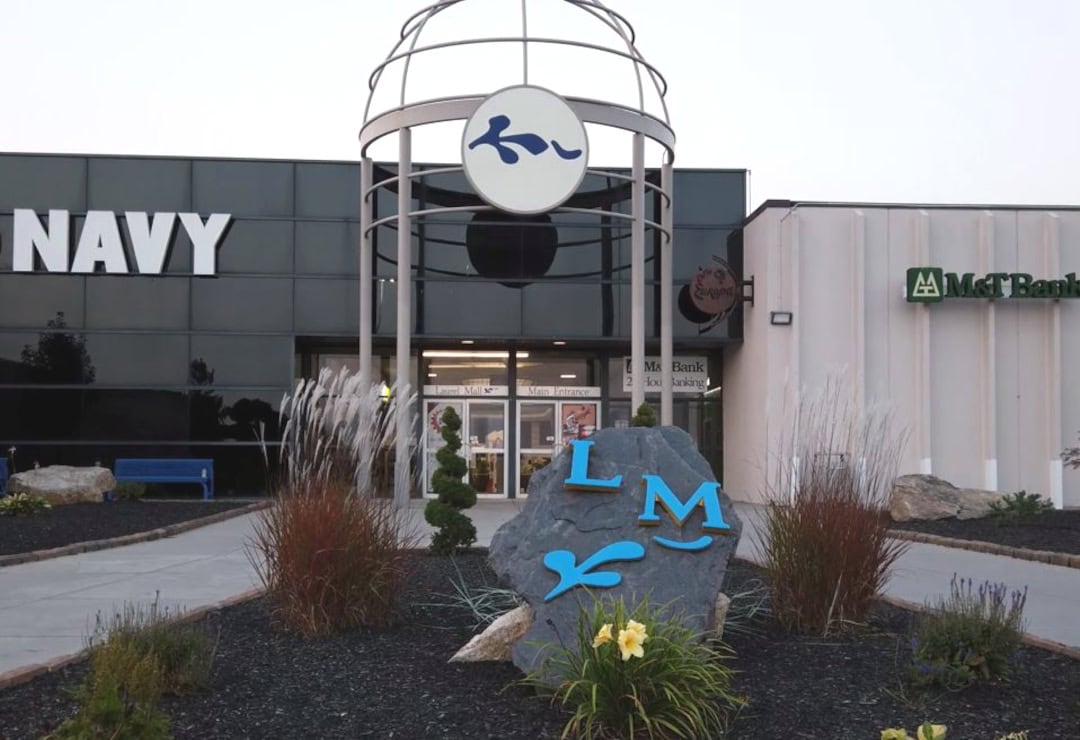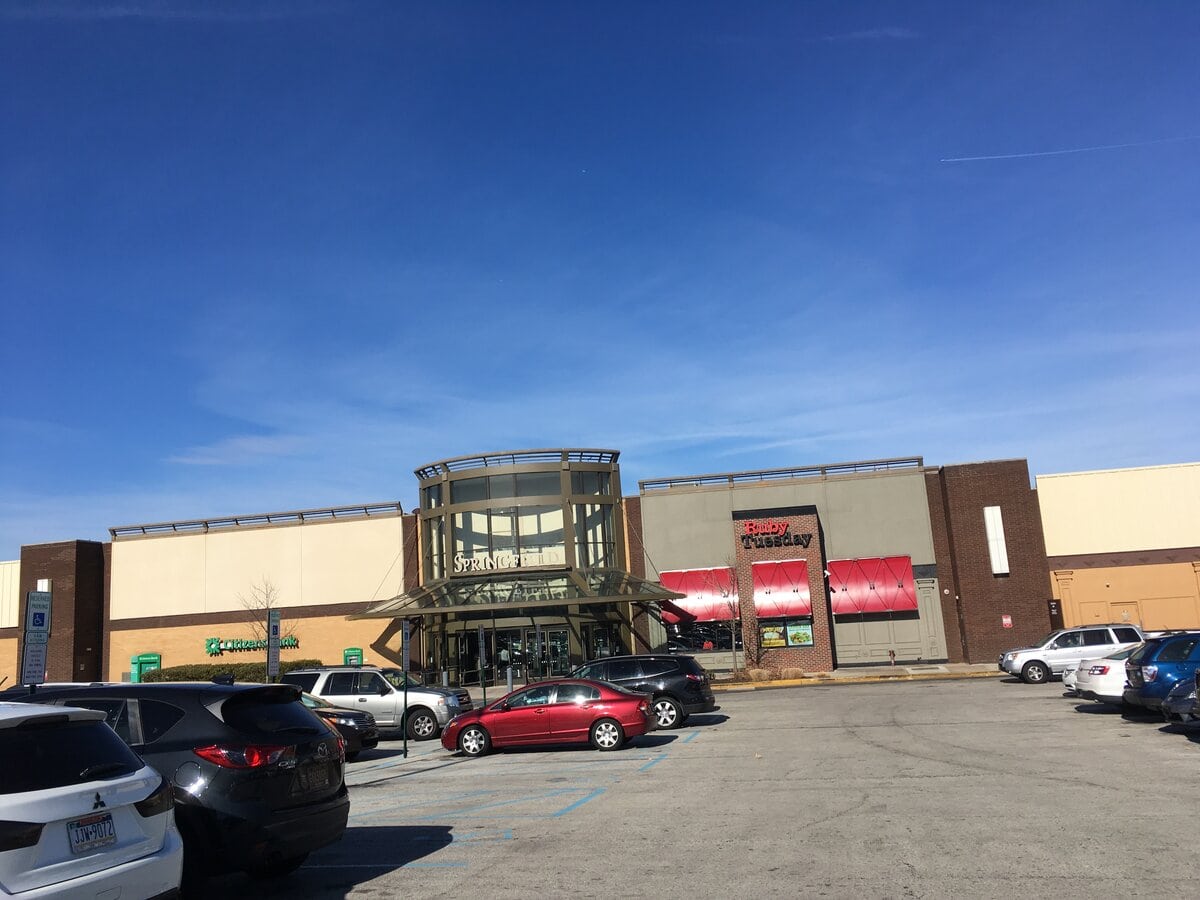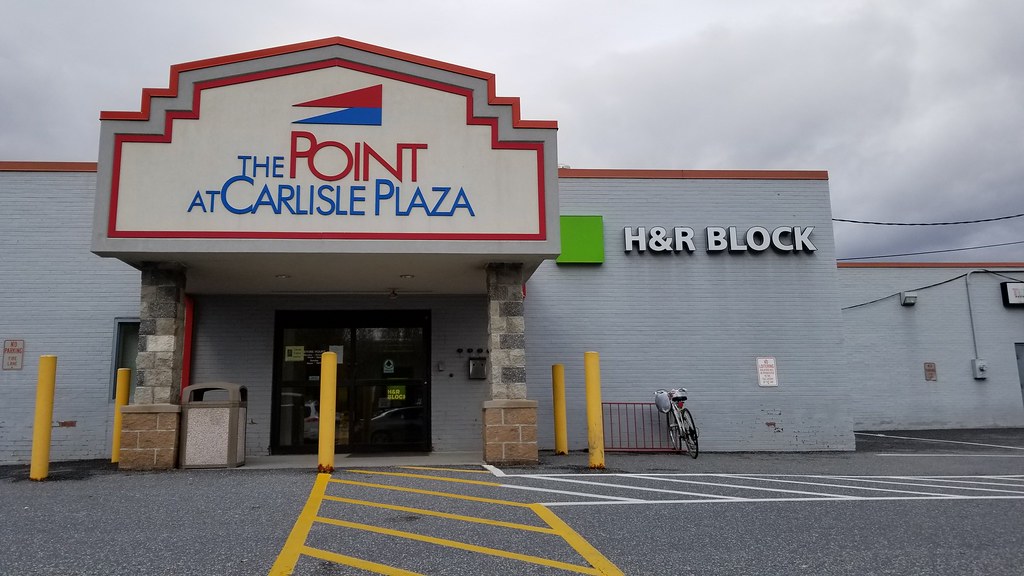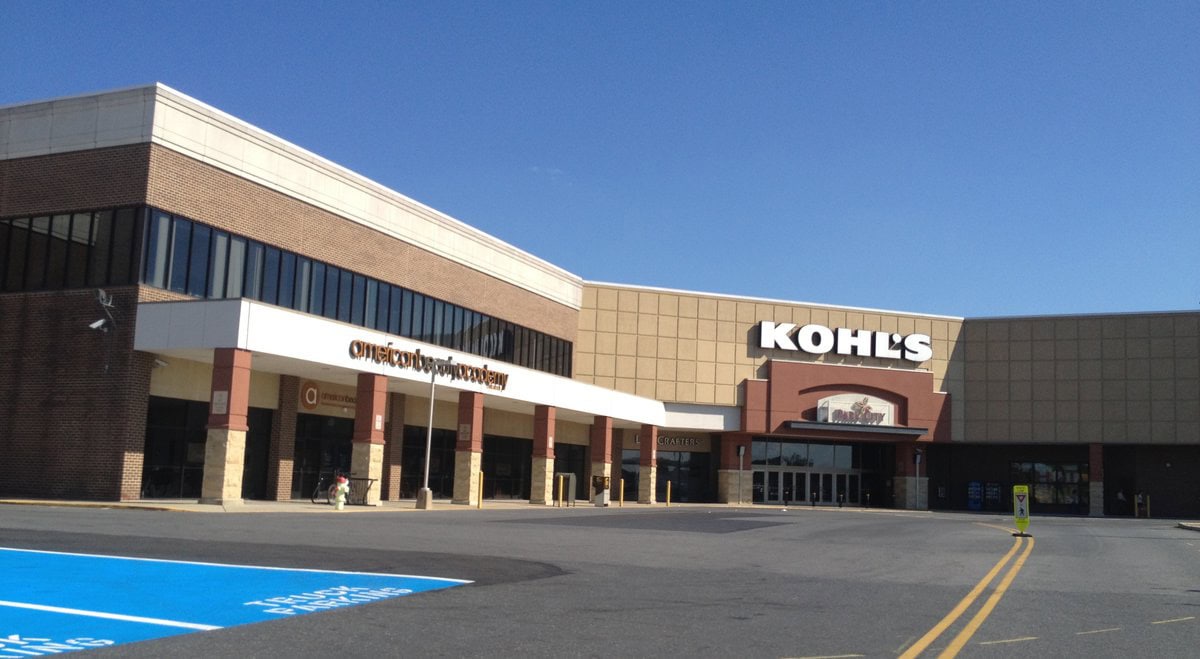Where the Fountains Once Danced
Long before streaming and smartphones, weekend traffic in Wyomissing, Pennsylvania, pulled steadily toward one place: Berkshire Mall. The carpeted corridors echoed with Muzak and sneaker soles.
John Wanamaker handled the crowds, Sears anchored the other end, and in between, Lit Brothers had you covered for everything else.
There was a food court upstairs, and a fountain in the middle, and no one questioned how a mall could be the social center of an entire county.
Today, the story runs differently. Ownership has changed, stores have shuttered, and infrastructure concerns have surfaced. But the mall's past still hangs in the air like the smell of Auntie Anne's pretzels used to.
The Launch and Lease-Up - 1967 to 1970
Planning for Berkshire Mall began in the late 1960s.
The Goodman Company took the lead, announcing in November 1967 that Sears would relocate from its 1956 Shillington site to anchor the new mall.
Construction started in 1968, with the formal kickoff happening later that November.
By February 10, 1970, the mall opened as the first enclosed shopping center in eastern Pennsylvania outside of the Philadelphia area.
Its location at 1665 State Hill Road gave it visibility from both US 222 and US 422, and entrances along Paper Mill Road and State Hill Road helped move traffic easily onto the lot.
The original tenants included Woolworth, Waldenbooks, and a single-screen Fabian Berkshire Mall Theatre.
At that time, retail felt stable and centralized.
Residents knew where to go for shoes, records, a bite to eat, or just to walk indoors when the weather turned.
For a while, the space worked exactly as it was built: a retail engine in the middle of Berks County.
For anyone compiling a list of things to do in Reading, Pennsylvania, the mall was automatic.

Expansion Years and Tenant Growth - 1970s Through the Late 1980s
The first two decades of Berkshire Mall tracked with American retail's broader rise.
Inside, the anchor lineup held steady, and the tenant mix expanded as shoppers filled the concourse.
Waldenbooks, Lerner Shops, and F.W. Woolworth were part of the original rollout, and the center continued building around them.
A single-screen Fabian theatre, which opened on August 25, 1970, added entertainment to the property.
It operated until 1983.
By the late 1980s, mall operators aimed for modernization.
"Lamp Post Lane," a Victorian-themed mini-mall, was dismantled to make way for a new upstairs food court.
The Terrace Cafe launched with a four-day opening from December 7 to 10, 1989.
It introduced a higher-traffic second floor, though access was limited to escalators and stairs tucked into the central mall area.
That decision shaped foot traffic patterns for the next two decades.
Throughout this period, national chains filled the available spaces.
Sales floors were large, and leases were held for years and even decades.
Unlike later decades when quick turnovers defined mall life, this was a phase when tenants settled in.
At street level, the surface parking lots stayed full during peak hours.
Long before mobile alerts or app-based deals, Berkshire Mall operated on habit and routine.
For a long stretch, that was enough.
Anchor Transitions and Redevelopment Deals - 1990s to Early 2000s
Anchor changes were picked up during the 1990s. Wanamaker's, a long-standing nameplate, became Hecht's in 1995 and then Strawbridge's in 1996.
The space passed through three brand identities in under a decade.
Bon-Ton's history is traced back even further.
What started as Lit Brothers closed in 1976, rebranded as Pomeroy's, and shifted again in 1987 when Bon-Ton took over.
Ownership of the mall changed, too. Goodman Company sold the property to Equitable Real Estate Management in 1985.
Then, in July 2002, Allied Properties acquired it.
That same year, another reshuffle moved through the anchor spaces.
Boscov's bought the Strawbridge's store in January 2002 and launched its Berkshire Mall location that August.
This new site replaced Boscov's West in Sinking Spring, which had been running since November 1962.
By the early 2000s, the anchor strategy had changed.
Sears still occupied its longtime location, but a new investment was made in Boscov's.
Space use shifted, and redevelopment was less about adding square footage and more about keeping viable tenants onsite.
Leasing reports reflected a market where anchor rebrands had become the norm.
Each new nameplate brought slight changes in layout and merchandise, but the square footage stayed roughly the same.
Renovation replaced expansion as the mode of survival.

Disruptions, Incidents, and Operational Liabilities - 2009 to 2014
Two fire events within six months raised flags about Berkshire Mall's internal infrastructure.
On November 2, 2009, a display window at Victoria's Secret caught fire after closing hours.
Sprinklers were triggered before emergency crews arrived, soaking the immediate area and triggering a full evacuation.
Smoke and water damage kept the store closed during repairs.
Then, on April 14, 2010, another fire broke out inside Boscov's.
A worker sustained burns and had to be airlifted to Lehigh Valley Hospital-Cedar Crest.
Firefighters controlled the blaze in under 30 minutes, but operations were disrupted.
The mall appeared in national headlines for different reasons in January 2011.
Surveillance footage captured a woman falling into the Boscov's court fountain while texting and walking.
The clip leaked, went viral on YouTube, and turned into a short-lived internet moment.
The mall's contracted security firm fired the guard who uploaded the video, citing policy violations.
Then came the weather. On May 22, 2014, a thunderstorm hit Berks County with hail large enough to punch through skylights in the Sears court.
Broken glass, debris, and water-covered walkways, plants, and public areas.
Damage extended to cars in the lot. The entire episode exposed vulnerabilities that hadn't been addressed since the structure's original build.
Anchor Closures and Portfolio Transfers - 2018 to 2020
The Bon-Ton store shut down on August 28, 2018. Its financial breakdown had been public, and attempts to renegotiate terms didn't succeed.
Bon-Ton had operated in the mall since 1987, previously trading under Pomeroy's and, earlier, Lit Brothers.
The space went dark with no replacement lined up. Then, in late 2018, another anchor folded.
On November 8, Sears confirmed it would close the Berkshire Mall store.
This move came as part of a national exit from brick-and-mortar locations.
By early 2019, only one anchor remained. Boscov's still held its space, but the corridor on the other end emptied.
Vacancy spread fast, and foot traffic patterns thinned.
Ownership changed soon after. In July 2020, Allied Properties sold the mall to Namdar Realty Group.
Namdar had already built a portfolio of distressed malls around the country.
Their model leaned on low overhead and limited renovation.
At Berkshire, they inherited vacancies and deferred maintenance.
The portfolio change marked a shift from traditional retail management to asset-holding strategy.
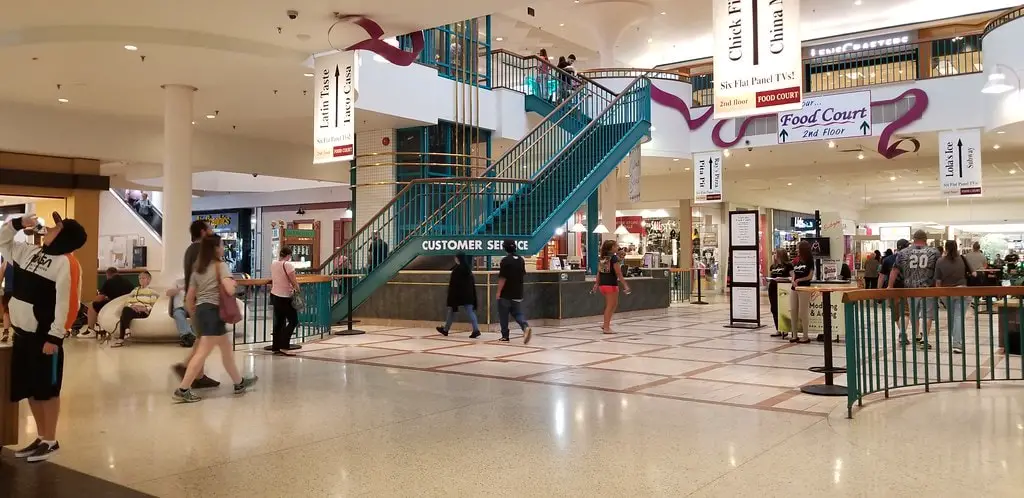
Code Violations, Risk Notices, and Compliance Pressure - 2022 to 2025
By late 2022, physical conditions at Berkshire Mall had stopped being a background concern and had entered the legal record.
The former Bon-Ton building, which had been empty since 2018, was officially condemned in November 2022 by the township fire marshal.
A partially collapsed roof and structural instability triggered the notice.
Posted signs cited unsafe conditions and blocked off access.
That marked the first formal declaration that part of the mall property couldn't be occupied.
Things worsened in 2024. Underground voids appeared near the perimeter, prompting Wyomissing officials to meet with ownership.
On November 29, 2024, the borough posted a bulletin outlining temporary traffic and parking restrictions due to sinkhole hazards.
Fencing and barriers went up along the affected zones near the Bon-Ton wing.
Although the borough stopped short of full condemnation, it warned that inaction could bring it within weeks.
The next legal step arrived on April 17, 2025, when the borough released a public notice following a code enforcement hearing.
The court required a stormwater infrastructure report by April 23, repairs to the Bon-Ton roof and facade by May 15, and compliance documentation before a status conference set for May 29.
The warnings were explicit: non-compliance could lead to fines or a forced shutdown of parts of the building.
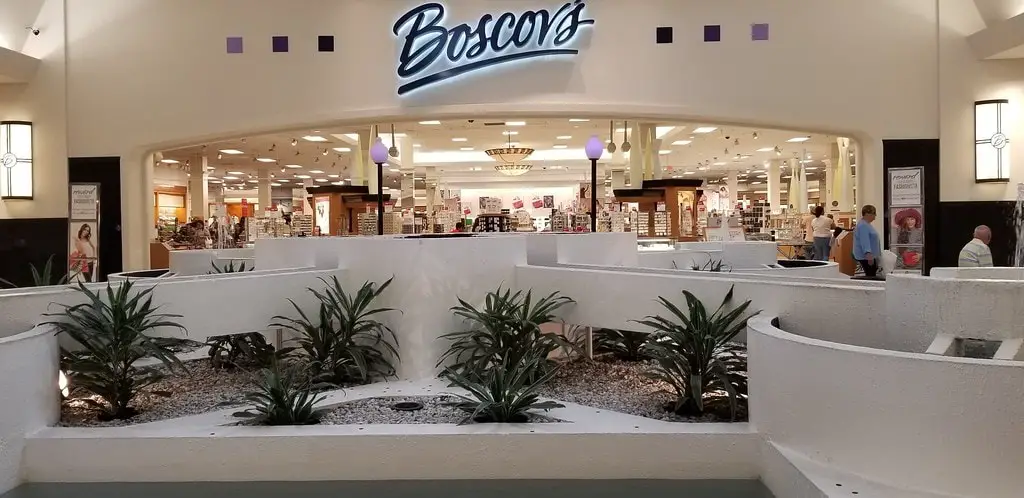
Redevelopment Pitches and Leasing Shifts - 2023 to 2025
Amid mounting code problems, redevelopment plans started to circulate.
Motus Development, working adjacent to the main property, branded a project called Gateway at Berkshire.
Their focus was the former Sears and Sears Auto spaces.
The proposal included three pad sites and a two-level retail structure with up to 77,000 square feet on the ground floor and another 47,000 above.
These numbers were presented in their listing materials in late 2023.
Renderings circulated among brokers and tenants.
Meanwhile, the mall's western edge saw more construction activity.
D&B Construction completed facade upgrades at TJ Maxx and Designer Shoe Warehouse in 2024.
Both sit across from the main building in the Berkshire Mall West plaza.
That strip had already cycled through brands like Circuit City, H.H. Gregg, and Old Country Buffet.
By 2021, Burlington and Boot Barn had taken over part of the floorplate, and smaller storefronts filled in between them.
Inside the enclosed mall, leasing remained light.
Still, in 2025, KPOT, a Korean BBQ and Hot Pot chain, announced a planned opening in the former Sears Auto spot.
The timeline targets summer, though exact dates haven't been released.
It would mark one of the first large-format restaurant tenants since the original Terrace Cafe was built.
🍀


